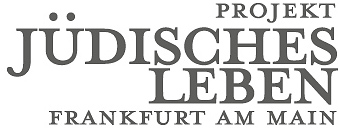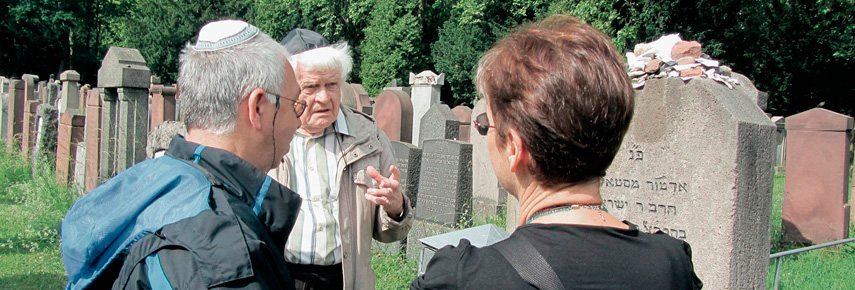In 1934, the German Labor Front (DAF) bought Villa Gans and on 20 October 1935 opened the so-called “Reichschulungsburg Kestenhöhe”, a cadre school.
Just after the war, the Villa served as a country club for higher officers of the US Army. In 1953, the property went to the Confederation of German Trade Unions (DGB), who opened a youth center for union members.
Suicide after liberation from Theresienstadt
Ludwig von Gans was struck first by the loss of his fortune, then by Nazi rule. In 1938, he decided to emigrate to Switzerland. But a visit to friends in Denmark shortly before the outbreak of World War II proved to be fatal. After the German occupation of Denmark, he was arrested and deported to Theresienstadt on 6 October 1943, at the age of 74.
When the Swedish Red Cross liberated him from the Theresienstadt concentration camp, Ludwig von Gans was half starved and mentally confused due to the harsh conditions. He was first brought to Sweden, then back to Denmark. He tried to get a repatriation permit from the military administration, but did not succeed. Ludwig died by suicide in Copenhagen in 1946, one and a half years after his liberation.
Peter von Gans’ whole world collapsed after learning about his Jewish roots
Ludwig’s son Herbert von Gans had career problems under the Nazis due to his Jewish heritage. He recounts being pressured to give up his share of the company Mettenheimer in Frankfurt. Like many “Half-Jews” (“Halbjuden”), he was initially drafted into the military and discharged in 1940. He was almost recruited forcibly into the Todt Organization (who built the Autobahn etc.) in 1944, but fled to Vienna. In 1954, he returned to the Taunus region, where he lived in Kronberg-Schönberg.

